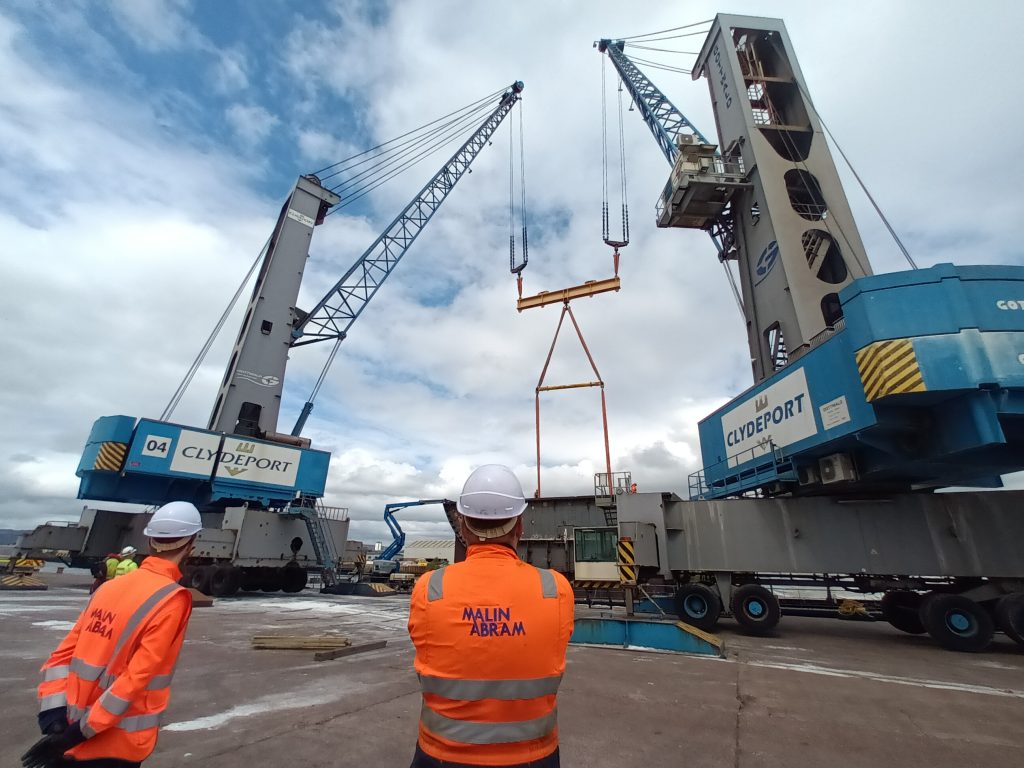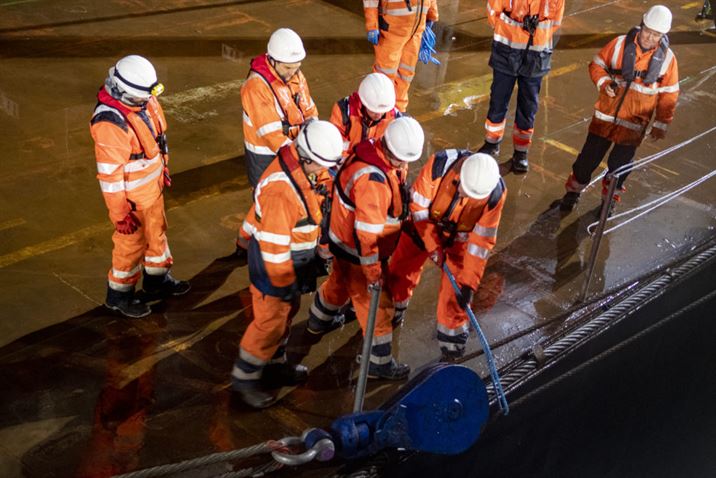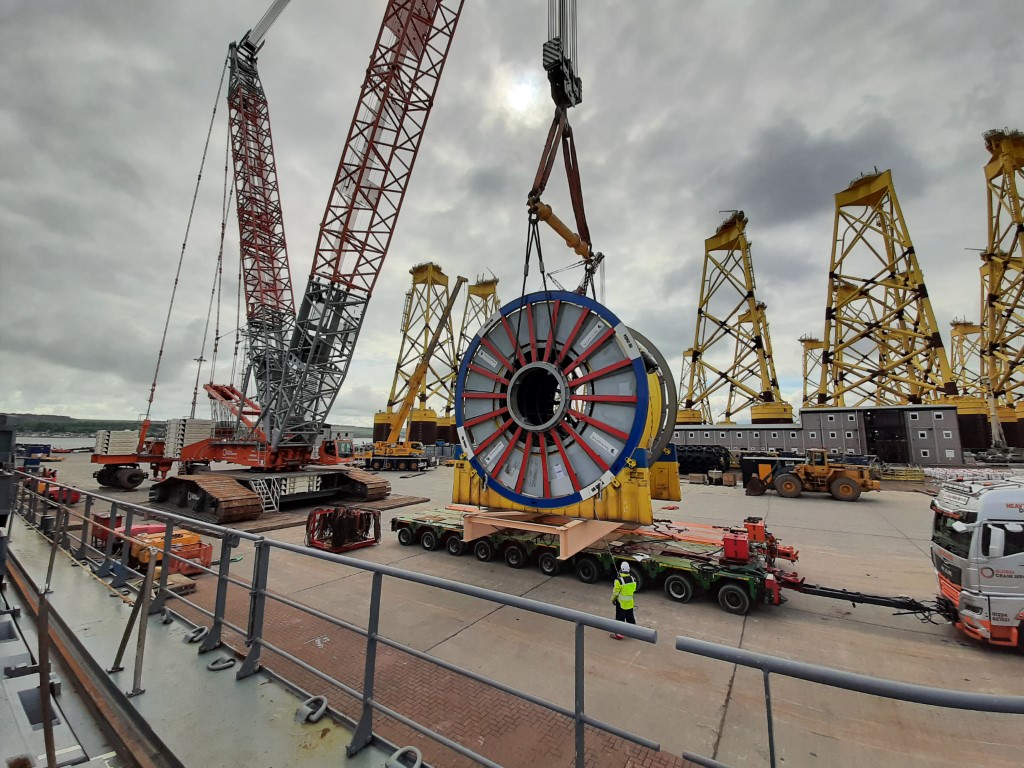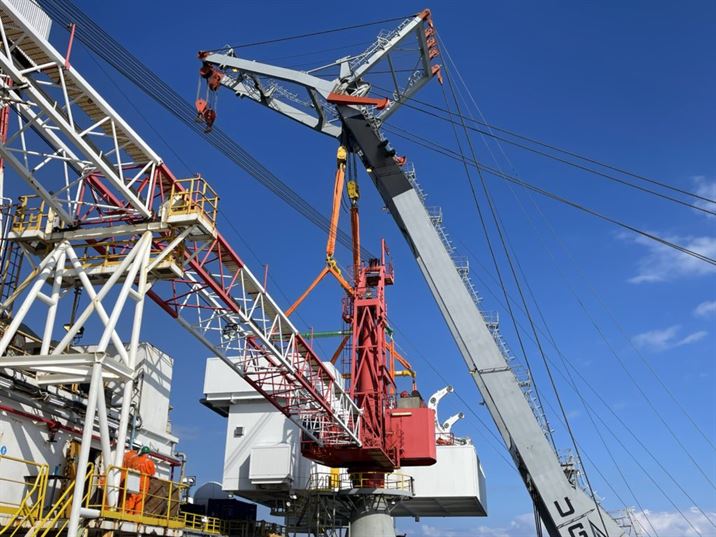Working with Suppliers - Challenges and Opportunities: A Graduate's view
One of Malin Abrams’s newest Graduate project Managers, Lia Mitchell, shares some of her ‘top tips’ aimed at offering guidance when using a range of suppliers and partners across locations.
With our scopes taking us across the world, we are lucky enough to work with a raft of international suppliers and partner organisations. Working with different suppliers across locations within marine engineering can offer several benefits, but it also presents unique challenges. Here we look at some of these opportunities and challenges in more detail, with a view to help others as they work across locations and organisations.
Firstly, we can look at the challenges that may arise when working with suppliers spread across different locations. One major challenge is coordinating logistics and managing deliveries effectively. Coordinating shipments and ensuring timely delivery can be complex, especially when dealing with suppliers located in different countries or regions. This requires efficient communication and coordination to prevent delays and minimize disruptions to project schedules. Plus, any issues in this area can quickly translate into delays and increased costs. As such, it is imperative that you work to avoid any logistical confusion. Good communication is often key to ensuring smooth workflow. It is a good idea to have a communications plan in place and to choose the right form of communication to suit the situation. For example, a face to face meeting is always the best way to build relationships, followed by a phone call but where there is a language or time zone barrier an email may be the best option.
Another challenge lies in maintaining consistent quality standards and compliance across different suppliers. Each supplier may have their own manufacturing processes, quality control measures, and standards. It is essential for marine engineers to establish clear quality requirements and expectations with each supplier, ensuring that all components meet the necessary standards and specifications. In particular, when working with companies outside of the UK, it is important to ensure that they meet regulatory requirements. Gaining an understanding of the requirements in the country you are working in early can help reduce any confusion down the line.
Working with suppliers based overseas can have its benefits, however misunderstandings due to a difference in cultures can cause concerns for your project. Miscommunication or misunderstandings can occur, leading to delays or errors in order fulfilment. Language barriers can cause a lack of understanding and cause certain important things to be missed, which down the line can cause issues, for example missing supplies which isn’t noticed until the day of operations. Effective communication strategies, such as clear documentation and regular meetings, can help bridge these gaps and ensure effective collaboration. Working cultures may also cause frustration during a project, you may expect certain levels of service or working hours which may differ from the normality of a country outside of the UK.
Despite these challenges, the benefits of working with different suppliers across locations in marine engineering outweigh the difficulties. By diversifying the supply chain, marine engineers can gain access to a broader range of expertise, resources, and products, ultimately leading to more successful and efficient project outcomes. Collaborating with multiple suppliers allows for a diversified sourcing strategy, reducing the reliance on a single supplier and mitigating the risk of supply chain disruptions. This can ensure a steady flow of materials and components, enhancing project timelines and overall efficiency. Additionally, working with different suppliers can provide access to a wider range of expertise and specialised products, enabling marine engineers to select the best-suited components for their projects. This can have a significant impact on your price and the ongoing availability of supplies. Working collaboratively with local suppliers in a specific location, can enhance the ability to get the most competitive prices. Often, suppliers who are long established in their area can provide the best service at the best cost, due to their significant first-hand experience and proximity to the job. Suppliers and service providers in the area local to the project are also best placed to provide insight into how easy or difficult it is to obtain the necessary supplies or services within your specific timeframe. With connections to local companies, agents can speed up sourcing required products with their knowledge of the market.
As you can see, there are challenges but also multiple benefits to working with a diverse range of suppliers. Across all however, the key advice is to focus on communication. Communication, when done well, can prevent a lot of misunderstanding with working with multiple suppliers. Difficulties arise when a supplier doesn’t provide the level of communication you expect. Setting out clear expectations from both parties early on in a project can be beneficial.




